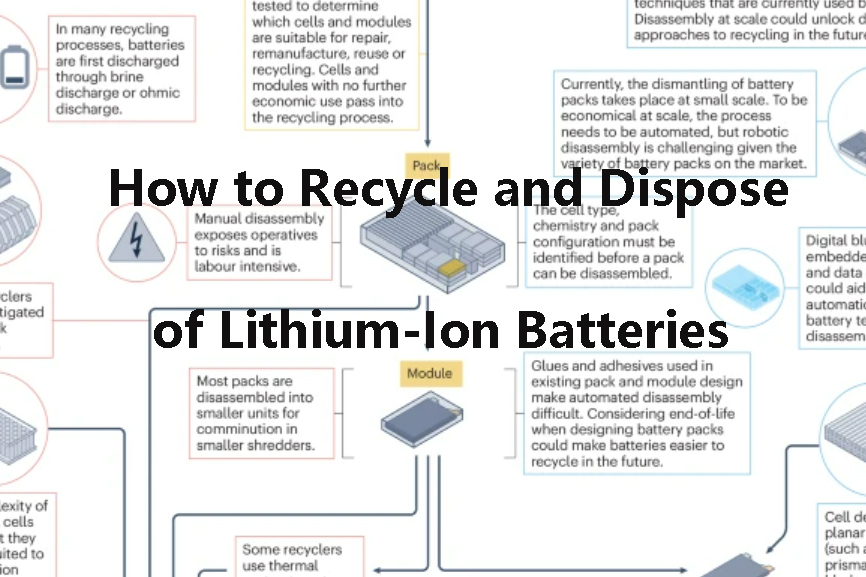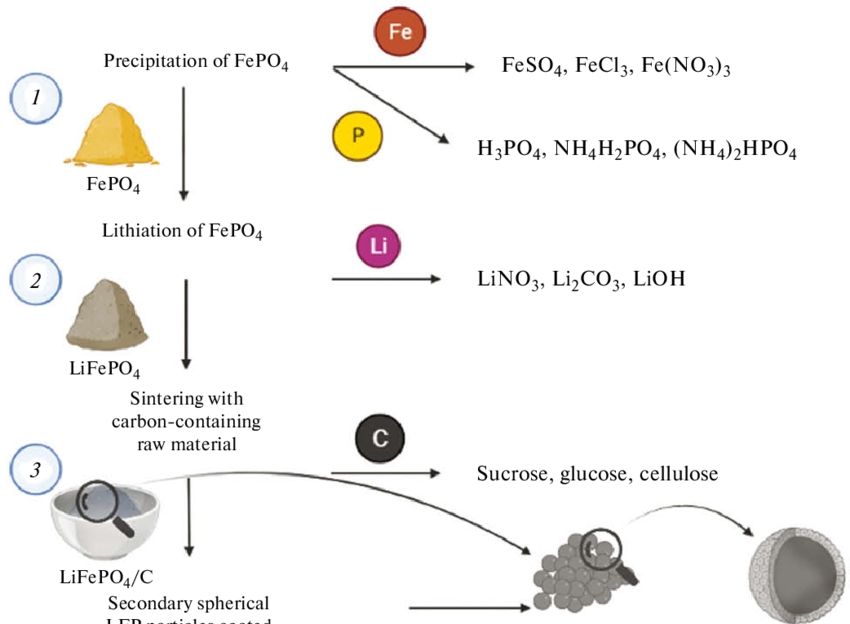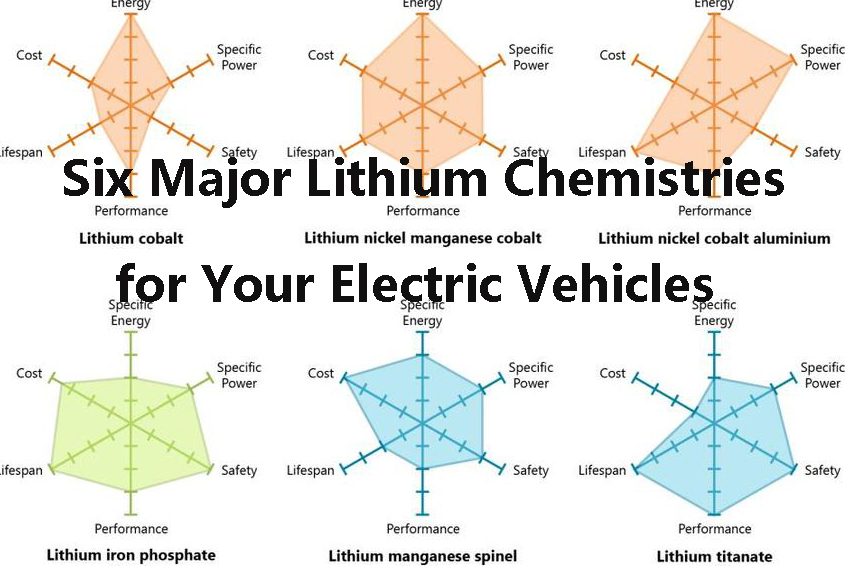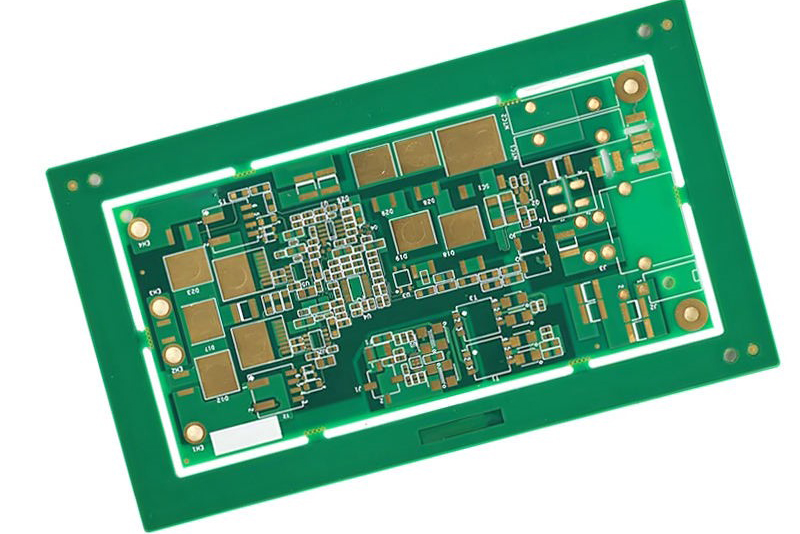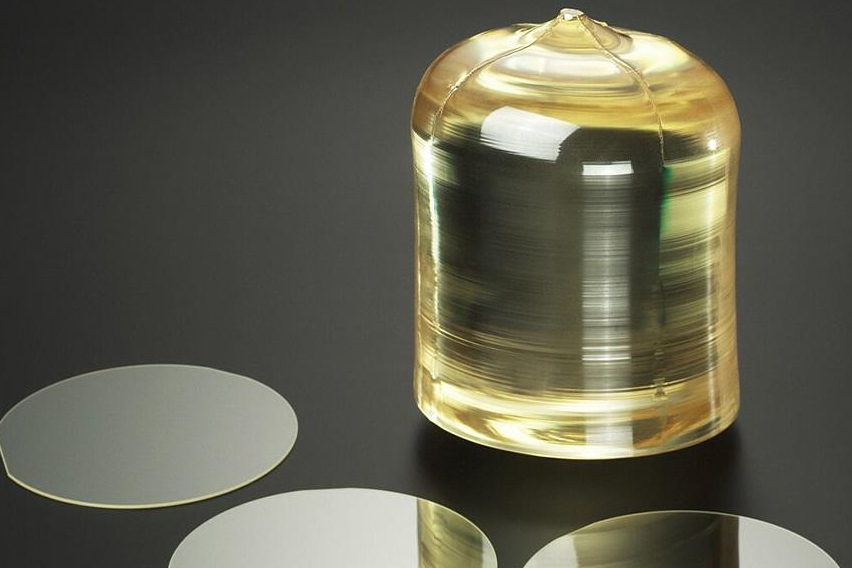
Optical and Electronic Applications of Gold Nanoparticles
Gold nanoparticles (AuNPs) are one of the most versatile nanomaterials in scientific and industrial use. Based on their optical, electronic, and chemical properties, these nanoscale particles are applied in disciplines ranging from biomedicine to energy production. The shape- and size-sensitive characteristics, ease of surface modification, and biocompatibility of these particles make them both excellent platforms for therapeutic and diagnostic applications and for electronic and catalytic use.
This article is about the numerous uses of gold nanoparticles in today's world with a specific focus on their applications in optical and electronic technology. Following current study and application trends, we list the specific applications and notable features that make gold nanoparticles an indispensable part of current science and engineering.
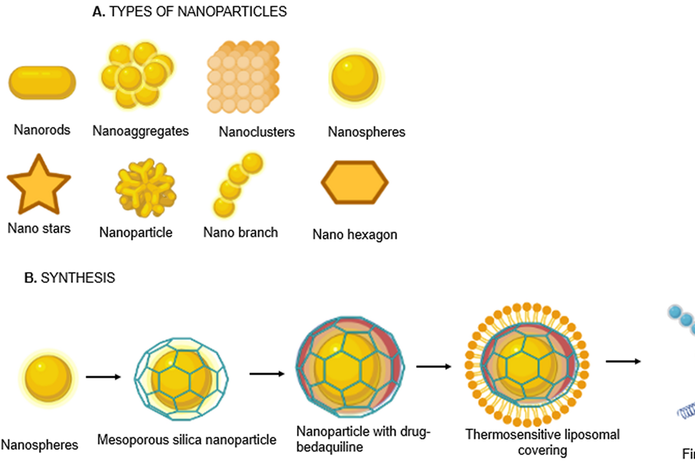 [1]
[1]
Applications of Gold Nanoparticles in Electronics
In electronics, gold nanoparticles are increasingly being used as conductors for printable inks and electronic chips. Because of their ability to serve as nanoscale connectors, engineers can connect resistors and conductors on microchips with unprecedented precision. With their high conductivity and diminutive size, gold nanoparticles are ideal for tiny circuits for flexible electronics, wearable electronics, and high-density chips.
With the electronics technology pushing towards smaller and faster components, AuNPs play a key role in enabling wiring on the nanoscale and enhancing the reliability of circuits. Their application in printable electronics also facilitates innovation in the low-cost, large-area, and flexible production of devices.
Photodynamic Therapy
Gold nanoparticles have revolutionized cancer treatment by their application in photodynamic therapy (PDT). Precisely, gold nanoshells and nanorods are engineered to absorb near-infrared (NIR) light in the range 700–800 nm. The NIR range is of biological significance since it is more tissue-penetrating compared to visible light and hence ideal for non-surgical tumor therapy.
When activated by light, the nanoparticles convert absorbed energy into heat to destroy cancer cells selectively without harming the surrounding healthy tissue. The additional advantage that the surface of the nanoparticle can be functionalized with targeting ligands enhances the specificity of treatment even further. This photothermal effect—coupled with low systemic toxicity—makes gold nanoparticles a promising tool for cancer treatment.
Therapeutic Delivery
Another potential use is in therapeutic delivery. Gold nanoparticles can be surface-functionalized with diverse molecules, like drugs, targeting agents, or polymers, to form multifunctional therapeutic systems. They have a large surface area, and a variety of functional molecules can be attached simultaneously, leading to controlled drug release as well as targeted delivery.
This property is particularly beneficial in personalized medicine, where drugs must be delivered precisely to specific cells or tissues. Also, gold's inert and biocompatible character minimizes unwanted reactions, rendering AuNP-based drug delivery systems safer and more efficient compared to ordinary drug carriers.
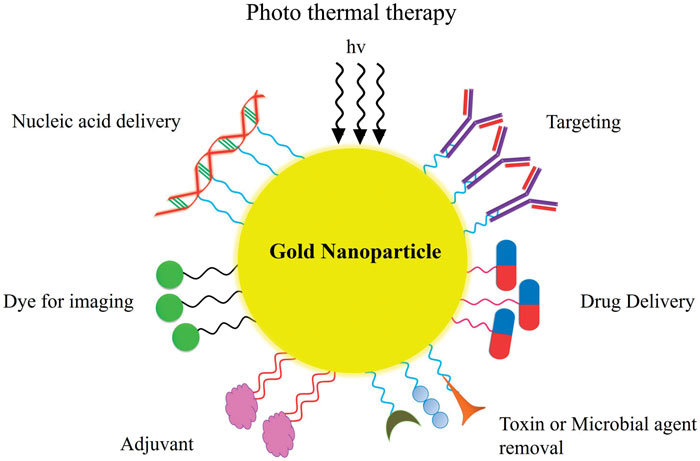 [2]
[2]
Sensors
Gold nanoparticles find widespread application in chemical and biological sensing due to their superior optical properties. In colorimetric sensors, for instance, their color changes with changes in the environment, making it easy to visually detect specific analytes. These changes are typically due to nanoparticle aggregation or target molecule binding.
In AuNP-based Raman spectroscopy sensing, the Raman signal can be amplified by a phenomenon known as Surface-Enhanced Raman Scattering (SERS). Through this amplification, chemical and biological molecules can be sensed in a highly sensitive, label-free way—down to very low concentrations. Such sensors are utilized in environmental monitoring, food quality, and disease diagnosis.
Probes for Imaging
The high scattering and big density of gold nanoparticles render them effective probes for imaging. They give high color contrast in color-based imaging techniques and have broad applications in electron microscopy, where their high density provides a huge signal.
These probes can be functionalized to bind to specific biomolecules or cellular components and permit precise visualization on a molecular and cellular level. Applications range from studying protein localization in cells to tracking disease progression in vivo.
Diagnostics
Gold nanoparticles are key players in diagnostic tests, especially for detecting disease biomarkers. The most commonly employed form is the lateral flow immunoassay, which is found in pregnancy kits and rapid COVID-19 antigen tests. AuNPs yield a line visible to the eye, which indicates the presence of a specific biomarker in such cases.
Because of their high optical absorbance and surface reactivity, AuNPs enhance test sensitivity and multiplexing capability. Their applications in diagnostics further include the detection of cardiac markers, infecting agents, and cancer biomarkers. With diagnostics moving toward point-of-care and rapid diagnostics, gold nanoparticle-based assays provide a scalable and consistent solution.
Catalysis
Gold nanoparticles also have catalytic activity, particularly when dispersed finely. They are able to catalyze chemical reactions, like selective oxidation and reduction, that have applications in processes such as degradation of pollutants and chemical synthesis.
In fuel cell development, AuNPs serve as catalysts for electrode reactions, enhancing energy handling into a more efficient and sustainable manner. Their catalytic behavior is size, shape, and surface chemistry dependent with corresponding tunable performance in applications. Their appropriateness in clean energy technology and display technologies aids broader environmental and technological purposes.
Conclusion
Gold nanoparticles are a powerful synergy of materials science, nanotechnology, and engineering use. Applications in electronics, medicine, sensing, diagnostics, and catalysis chronicle their multidisciplinary character and worth to industry and academia. From serving as miniaturized circuit couplers to drug delivery and biosensors, AuNPs enable high-performance, miniaturized, and efficient technology. For more advanced materials, please check Stanford Electronics.
Reference:
[1] Nair, Ayushi & Greeny, Alosh & Nandan, Amritasree & Sah, Ranjay & Jose, Anju & Dyawanapelly, Sathish & Junnuthula, Vijayabhaskarreddy & K V, Athira & Sadanandan, Prashant. (2023). Advanced drug delivery and therapeutic strategies for tuberculosis treatment. Journal of Nanobiotechnology. 21. 10.1186/s12951-023-02156-y.
[2] Bagheri, Salman & Yasemi, Maryam & safaie-qamsari, Elmira & Rashidiani, Jamal & Abkar, Morteza & Hassani, Mahmoud & Mirhosseini, Seyed & Kooshki, Hamid. (2018). Using gold nanoparticles in diagnosis and treatment of melanoma cancer. Artificial Cells, Nanomedicine, and Biotechnology. 46. 1-10. 10.1080/21691401.2018.1430585.

